Simple Styrofoam & BBQ Skewer Glider Build
As an curious and ODDUNCLE I made this video along with the others to expose my nieces and nephews to basic fundamentals and principles. It is important to recognize and cultivate truth, goodness and beauty during life, and I hope to expose these special children to such ideals while beneficially learning them myself. Towards that end, I make videos to explore and loosely tie together something from the bible and the scientific realm while closing off with something inspirational or beautiful. In this video I build a simple and cheap glider from a Styrofoam platter, BBQ skewer, small metal nut, thick paper, hot glue and clear tape. The glider can be enlarged or shortened by use applying simple math to the dimensions listed here.
Dimensions
Main wing. Max length 10.75 inches. Max Width 2 inches. Wing is tapered so that 10 inches from the 2 inch width it is 1.5 inches. The taper to achieve this is 0.25 inches from front and pack. Wing tip is a half circle with a radius of 0.75 inches.
Main wing base. Top length is 2 inches. Width is 0.75 inches. Bottom length is 1.5 inches with a 0.25 inch taper from the top to the bottom.
Small Wing. Rear edge is 4 inches. Front edge is 3 inches. Width is 1 inch with the first half inch being perpendicular to the rear edge and then curving to meet the frond edge. This curve is achieved by using a quarter of the circumference of a circle with a radius of 0.5 inches.
Small wing base. Top length 1 inch. Width 0.5 inch. Bottom 0.5 inch. There is a 0.25 inch taper on both sides from top to bottom.
Tale. Top edge 0.5 inch. Bottom edge 1.5 inches. Width 2.5 inches and perpendicular to top and bottom. The front, angled edge is formed by connecting the top and bottom.
Rectangular flaps. Width 1 inch. Height 2 inches.
Rear wing flaps. Width 1 inch. Front edge 1.75 inches. Rear edge 1 inch. The front and rear edges are connected by a curved edge that initially is 0.25 inch perpendicular from front edge and then curves to the rear edge following the path of a quarter circumference of a circle that has a radius of 0.75 inch.
Words of Caution***
The purpose of these videos is to expose my nieces and nephews to concepts and how they may work in the real world. I am not a teacher or instructor of any sort. Some of the experiments, activities and demonstrations in this or other videos are certainly dangerous and shouldn't be done at home. Any instructions given are for entertainment, clarification, or if the viewer is so inclined education. They are not meant as instructions for the viewer to go about doing the same or similar dangerous and risky activities.
-
 4:21
4:21
SubarumanFL
3 years ago $0.05 earnedNew RC glider Build
222 -
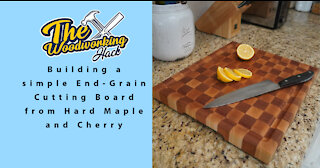 20:24
20:24
WoodworkingHack
3 years ago $0.02 earnedSimple End-Grain Cutting Board Build
2132 -
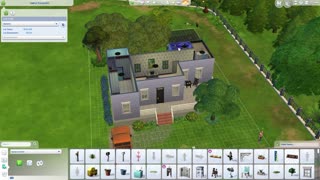 10:43
10:43
Games and IT
3 years agoSimple Pleasures Speed Build
53 -
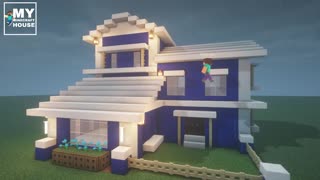 14:52
14:52
MinecraftWorld
3 years agoMinecraft: How to build a simple blue house #2
33 -
 5:37
5:37
RC Gliders
3 years agoReddog Two - DLG Glider Build (Discus Launch Glider)
821 -
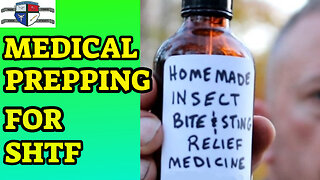 11:29
11:29
Ethical Preparedness
16 hours ago2 EASY Ways: Make Insect Bite & Sting Medicine - Medical Prepping for SHTF - Natural Medicine
38.5K5 -
 15:52
15:52
JoBlo Horror Originals
1 day agoThe Watchers Review: Shyamalans Sure Do Love Their Twists
33.7K4 -
 31:49
31:49
MichaelBisping
1 day agoBISPING & ANIK: Is Conor McGregor INJURED?! | Who Could Replace Him? | What's next for Poirier?
41.6K8 -
 16:00
16:00
Space Ice
22 hours ago'Resident Evil: Retribution' Is So Bad It's Like Looking Into A Mirror - Worst Movie Ever
46.8K16 -
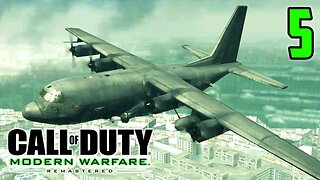 23:59
23:59
Degenerate Plays
18 hours agoThe Denny's Dictator Impresses Women - Call Of Duty Modern Warfare Remastered : Part 5
32K1